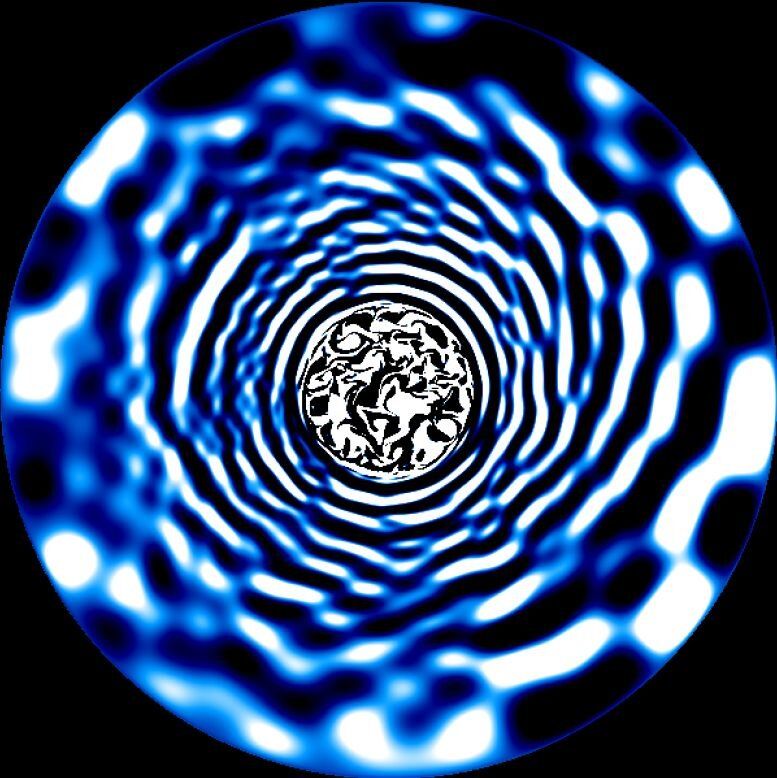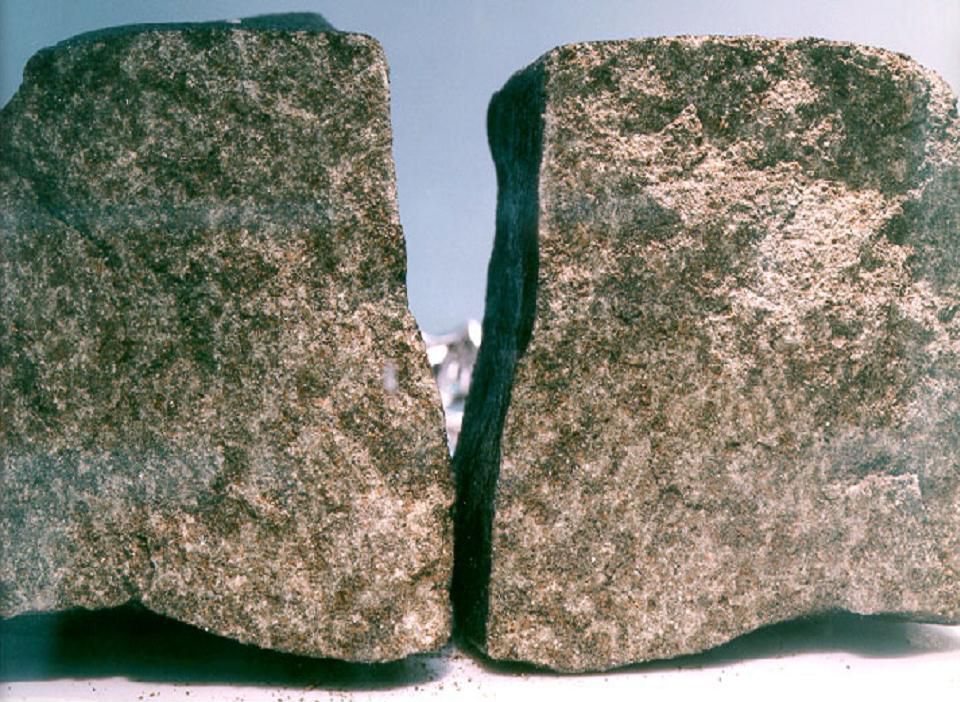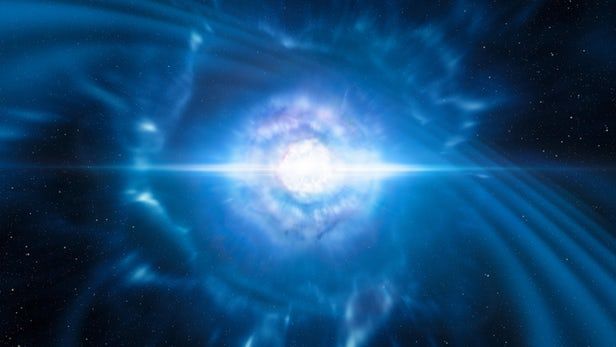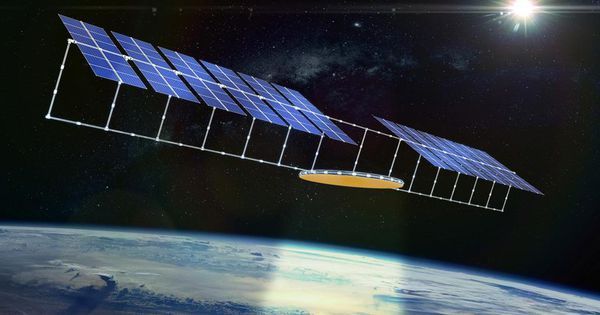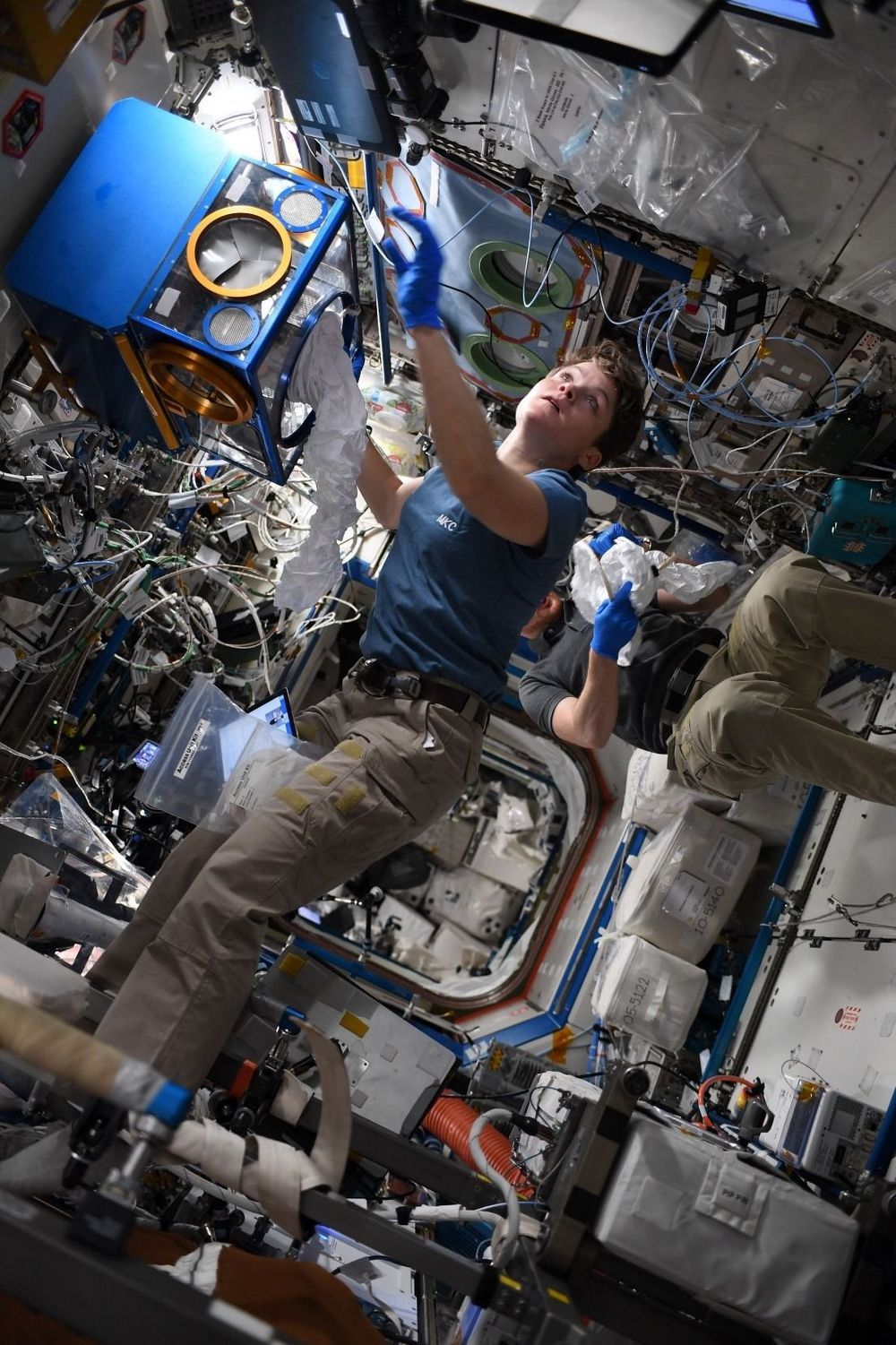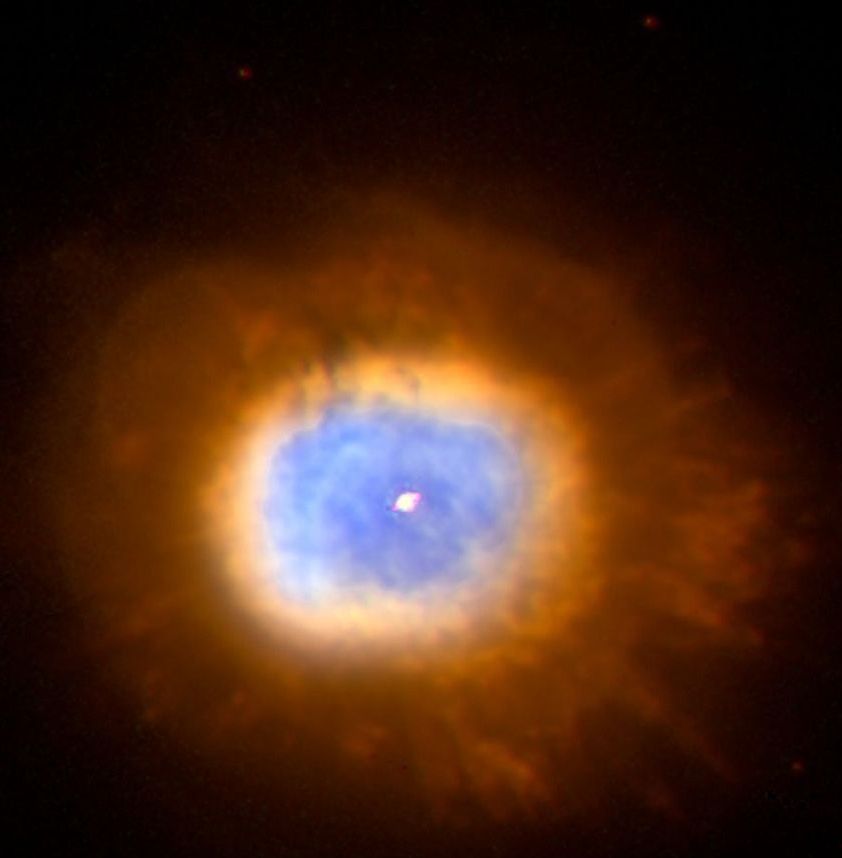Blue supergiants are the rock-and-roll stars of the universe. They are massive stars that live fast and die young which makes them rare and difficult to study, even with modern telescopes.
Before space telescopes, few blue supergiants had been observed, so our knowledge of these stars was limited.
Leading astrophysicist Dr. Tamara Rogers, from Newcastle University, UK, and her team have been working for the past five years to create simulations of stars like these to try to predict what it is that makes the surface appear the way it does.
